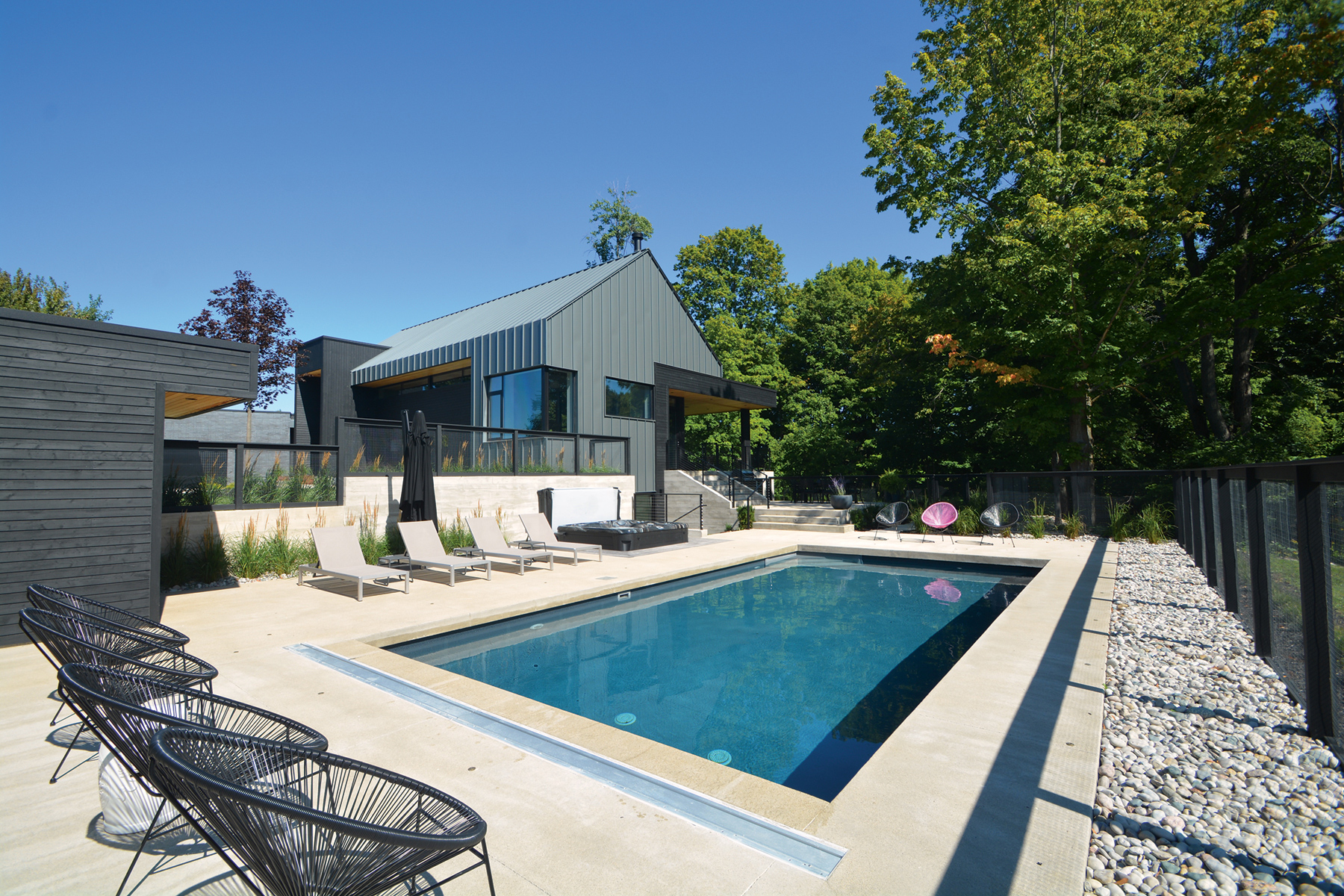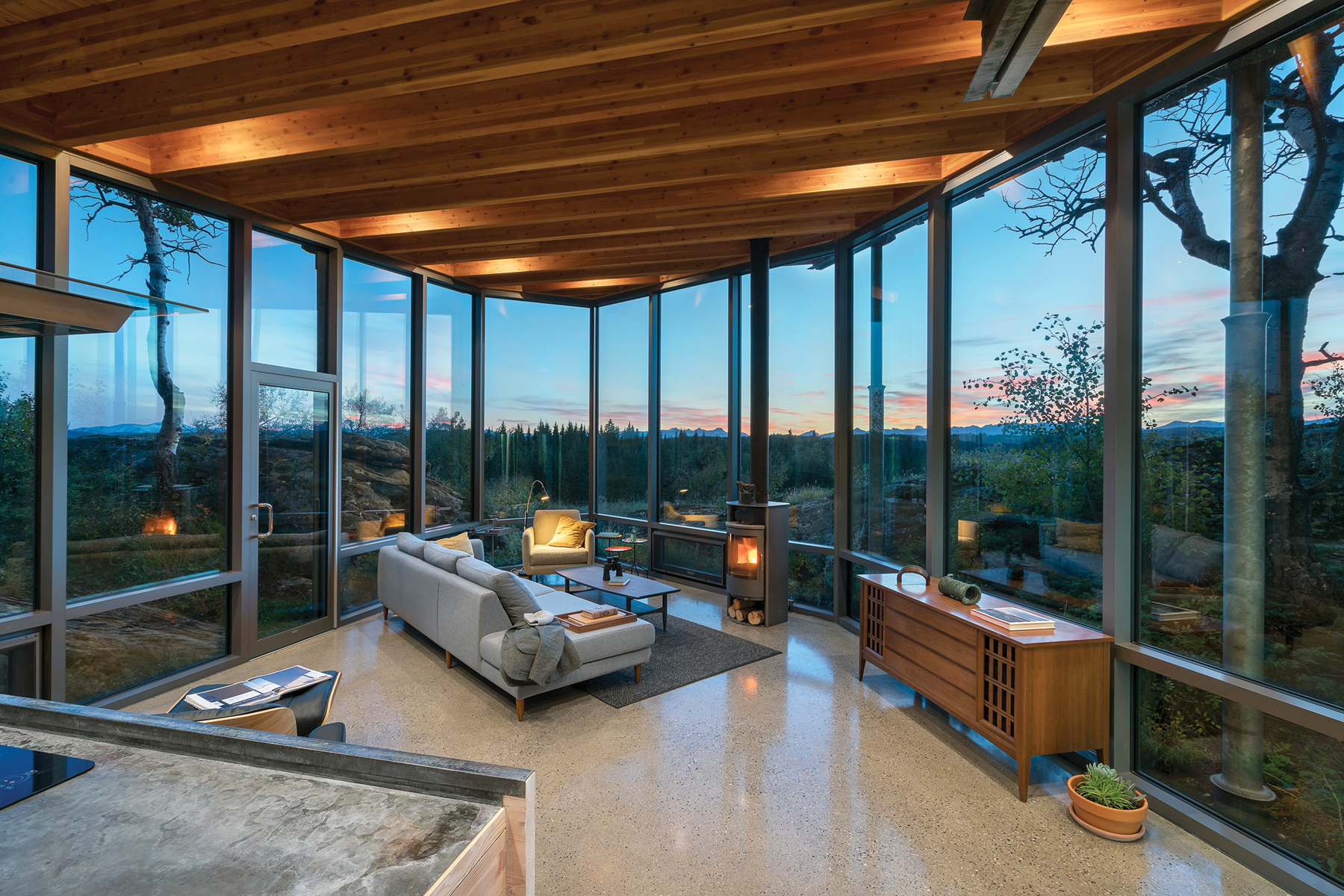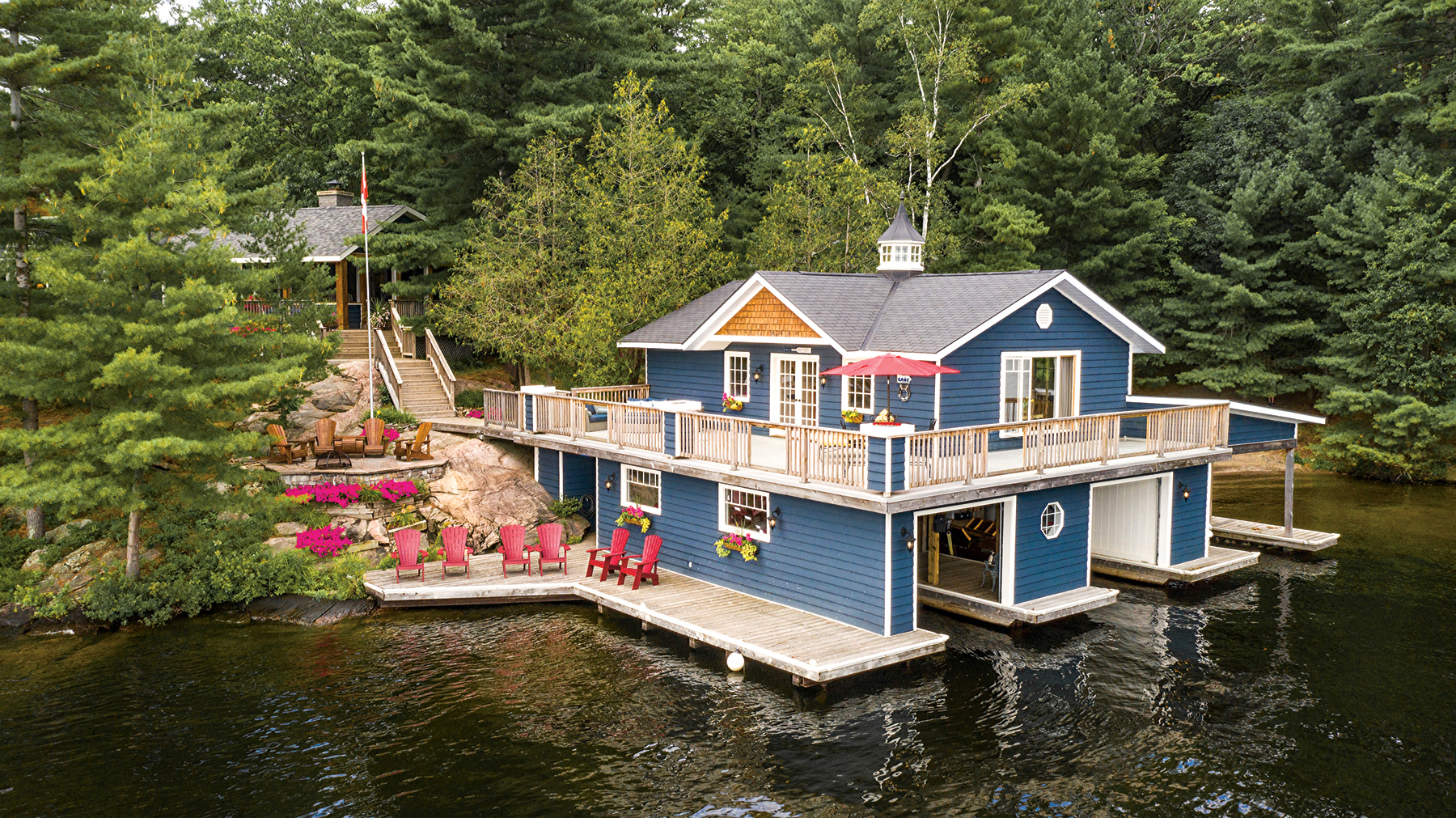Over the past 10 years, recreational properties across the country have become much more than one season weekend retreats. Whether it’s hosting Thanksgiving weekend at the cottage in Muskoka, entertaining grandchildren on the ski slopes in B.C., or living and working remotely beneath the Rocky Mountains, homeowners’ recreational property needs are changing. And when it comes to renovating, they want the most out of their second homes.
Regardless of the location of your recreational property, experts agree that in order to maximize its value, you should develop a plan — and stick to it. “When you’re thinking about renovating, hire a professional,” advises Liz Forster, a Sotheby’s International Realty Canada Managing Broker based in Sun Peaks, B.C. “Your investment is too valuable [for you] to take a chance.”
Meanwhile, according to Storey Badger, a Sotheby’s International Realty Canada Broker in Muskoka, Ont., there has been a central shift from practical to lifestyle renovations. “[Muskoka] has become a four-season playground,” he reports. That means renovations are making room for wine cellars, fitness areas, home theatres and slick, durable gear rooms to house skis, bikes and other toys that come with owning a recreational home.
Over the last few years, the ski-chalet aesthetic that has dominated Canadian getaways (dark- stained beams, heavy timber and rustic furniture) has been replaced by a cleaner look — oversized windows, white walls and wide open spaces. The new design approach is more light-handed and brighter, with colours like grey-greens, creams and whites replacing the browns and beiges of decades past. “It’s really about bringing the inside out and the outside in,” explains Sotheby’s International Realty Canada Broker Kevin Gilchrist, who is based in Collingwood, Ont. “The younger baby boomers are gravitating towards a modern contemporary approach.”
Indoors, that means focusing on amenities that help homeowners and their families socialize and enjoy the spectacular views in scenic areas like Collingwood, Muskoka, Canmore and Victoria. Homeowners renovating their properties are typically opting for floor-to-ceiling windows, wide-plank white- oak flooring, long, expansive kitchens and as many extra beds as possible. “In Collingwood, it’s all about the après-ski,” Gilchrist points out. “The adults hang around the kitchen, drink wine and make a meal together. Kids go off to a second rec room where they watch movies or play. In these properties, the more people you can [accommodate], the more demand there is.” In Muskoka, having a boat- house brings even more bang for your buck, Badger notes, because of the potential for additional living space and extra beds above it. “These boathouses typically have three slips, and people have started to fill in one of the boat slips, put in glass accordion walls, couches, a TV and a bar. You’re right at the water’s edge.”
And whether it’s inviting neighbours over for “docktails” or barbecuing while friends soak in the hot tub, using outdoor space wisely will also maximize the value of a second property. Gilchrist says that more clients are installing outdoor kitchens with sinks, running water and built-in barbecues, as well as smaller pools that require less upkeep and perennials in the garden that don’t need replanting every year. And according to Christopher Vincent, a Sotheby’s International Realty Canada Broker in Canmore, Alberta, buyers are opting for lower-maintenance exteriors such as hardy plank or stucco, rather than cedar trim that needs to be stained every year. “They don’t want to be maintaining when they’re out here. They want to play.”
As the need for short-term rentals rises, thanks to services like Airbnb, the possibility of lucrative returns on renovated properties is rising, too. “Rental guests’ expectations are changing,” Forster says. “These properties are being designed as nicely as primary homes.” Durability of the products you use matters, too, as guests will traipse through with their boots and skis. As well, more and more people are moving to their recreational homes full-time, whether as active retirees or young families who work remotely. As a result, buyers are sacrificing square footage to be close to the amenities these communities offer.
Sun Peaks, for example, is a year-round resort with a golf course, hiking trails and nearby lakes that make it a desirable destination at any time of year. That means the best properties to renovate are the ones closest to the area and its amenities — mountain views, waterfront access, mountain- side ski-in, ski-out homes. “The kids in our area ski to school,” notes Forster. “You see all their skis upright in the snowbank at the door.”
Homeowners across the country are also focusing more than ever on environmentally friendly buildings that utilize recycled and energy-efficient materials such as solar panels and high-efficiency windows. “LED lighting and programmable thermostats are the easiest changes to make [in a home],” says Vincent. Forster adds that installing smart-home technology also means homeowners can monitor their places on their phones from wherever they are in the world, which makes them feel more secure.
The most important part of renovating? Don’t miss the forest for the trees — don’t lose sight of who’s going to use the space next, whether it’s your children and grandchildren or new buyers. “When you’re renovating, think about who that next buyer is going to be,” advises Gilchrist. “Functionality and a cohesive house flow are really important.” And when it’s time to rent or resell, maintaining your second home by doing a little bit at a time will pay off in spades, too. “People will feel more confident in a property that’s been maintained,” Forster notes.
Now, who’s ready for that “docktail?”
By Katherine Laidlaw, Photos: courtesy of Damian Entwistle/Flickr, Tara McMullen – *This article originally appeared in INSIGHT: The Art of Living | Spring 2020






